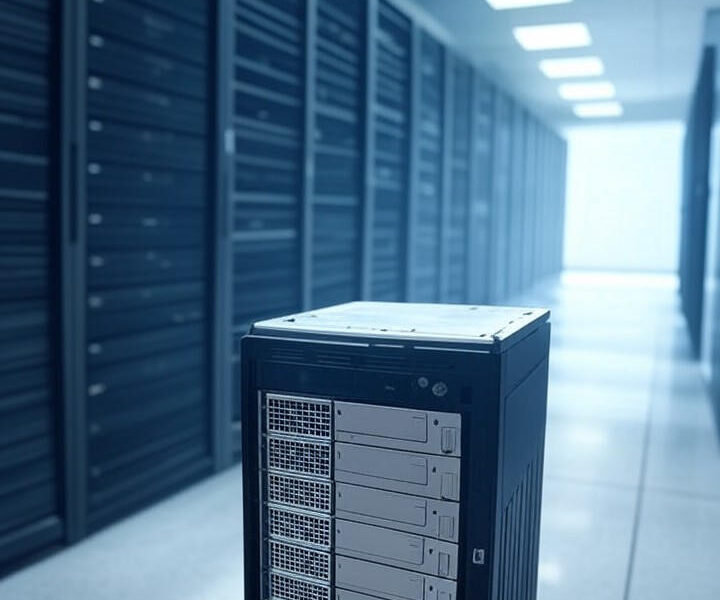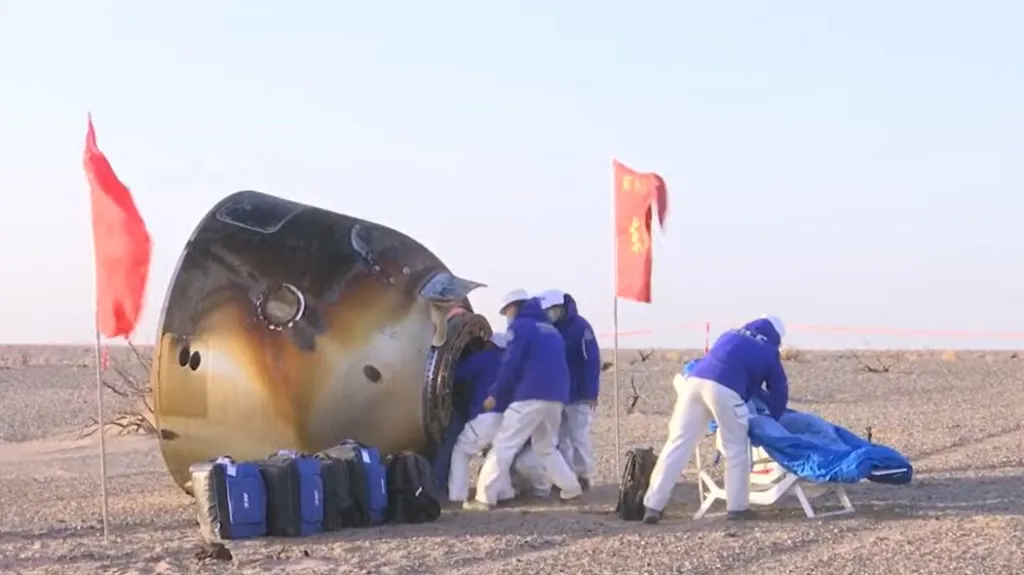New findings from Backblaze, a prominent cloud storage provider, challenge conventional beliefs about the durability of hard disk drives (HDDs). An analysis of their extensive fleet of over 317,000 HDDs indicates that these drives are not only more resilient than previously thought but are also lasting longer as they age. This insight could significantly impact procurement strategies for data centers globally.
Insights from a Decade of Data
Backblaze has been diligently tracking HDD failure rates for more than a decade, providing a unique perspective on the real-world performance of these storage devices. According to their latest quarterly report, the annualized failure rate for Q1 2025 was 1.42%, marking a slight increase from previous quarters but still suggesting overall reliability.
Interestingly, many drives in their study are defying the expected “bathtub curve” of reliability, where failure rates typically peak early, dip during mid-life, and rise again toward the end of their lifespan. Backblaze’s data shows that older drives, especially those over five years, are exhibiting lower failure rates than anticipated.
High-Capacity Models Outperform Expectations
This trend is particularly pronounced among high-capacity HDDs. In their Q2 2025 report, Backblaze highlighted the performance of 20TB+ drives, revealing failure rates significantly below the fleet average. Drives from manufacturers such as Seagate and Western Digital are reporting annualized failure rates under 1%, even as they accumulate millions of drive-days.
The durability of these drives is attributed to advancements in design, particularly helium-filled drives and enhanced error-correction algorithms, which reduce common failure issues like head crashes and thermal degradation. A separate analysis by Blocks and Files supports these findings, noting that the production of 20TB-class drives is yielding more robust components.
For data center operators, these insights suggest the potential for extended refresh cycles and reduced capital expenditures on replacements. However, this is not uniform across all models. Certain 12TB Seagate drives, such as the ST12000NM0007, have shown higher failure rates, prompting Backblaze to phase them out strategically.
Cost Management and Sustainability
The implications of these findings extend beyond performance; they touch on cost management and sustainability. Backblaze’s fleet now manages over four exabytes of data, indicating that longer HDD lifespans can significantly lower electronic waste and energy consumption linked to manufacturing new drives. Recent statistics show that aging models under 12TB are performing well, with some 4TB drives achieving zero failures in recent months.
This stability may encourage a shift toward hybrid storage architectures, integrating HDDs with solid-state drives (SSDs) to optimize performance without immediate overhauls. Yet challenges persist. Backblaze’s data is specific to their cloud backup and storage workloads and may not reflect the high-transaction environments found in sectors such as finance. Critics, as noted in a summary by GIGAZINE, have raised concerns about increasing failure rates in mid-capacity models, particularly the 10TB and 12TB drives, due to vibration sensitivity in densely packed server racks.
Future Innovations and Industry Adaptation
These statistics highlight the necessity for data-driven procurement decisions in the industry. Backblaze’s transparency, commended by Ars Technica, offers a benchmark for enterprises evaluating their vendors. As HDD capacities approach 30TB and beyond, the emphasis on predictive analytics will likely increase, aiming to forecast failures before they disrupt operations.
Ultimately, the ongoing reports from Backblaze, including the full-year 2024 statistics available on their website, suggest that mechanical storage is not becoming obsolete but rather evolving in response to rising data demands. This resilience may provide the industry with additional time to explore emerging technologies such as DNA storage and advanced tape systems, allowing companies to optimize their existing investments while addressing the relentless growth of global data volumes.







